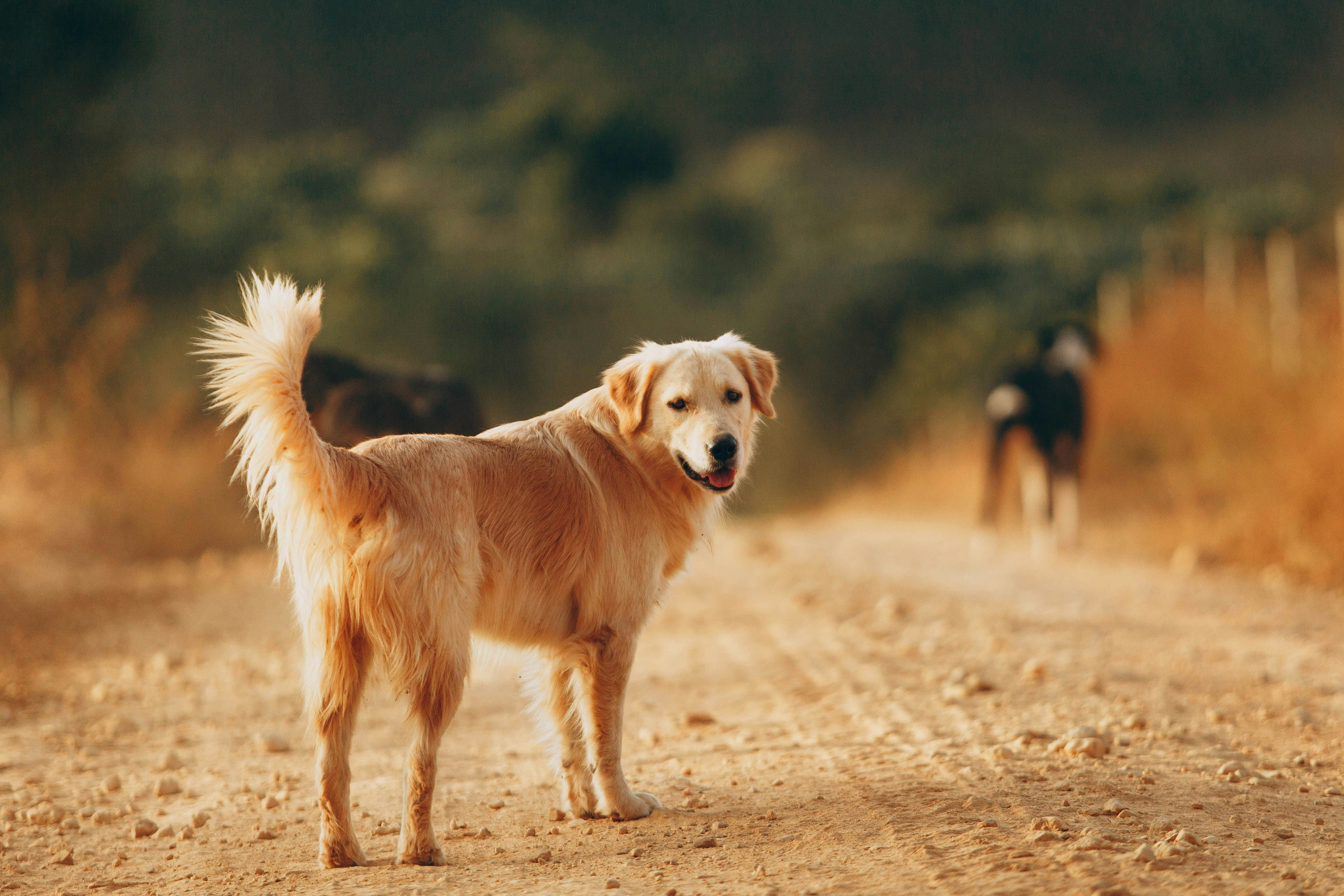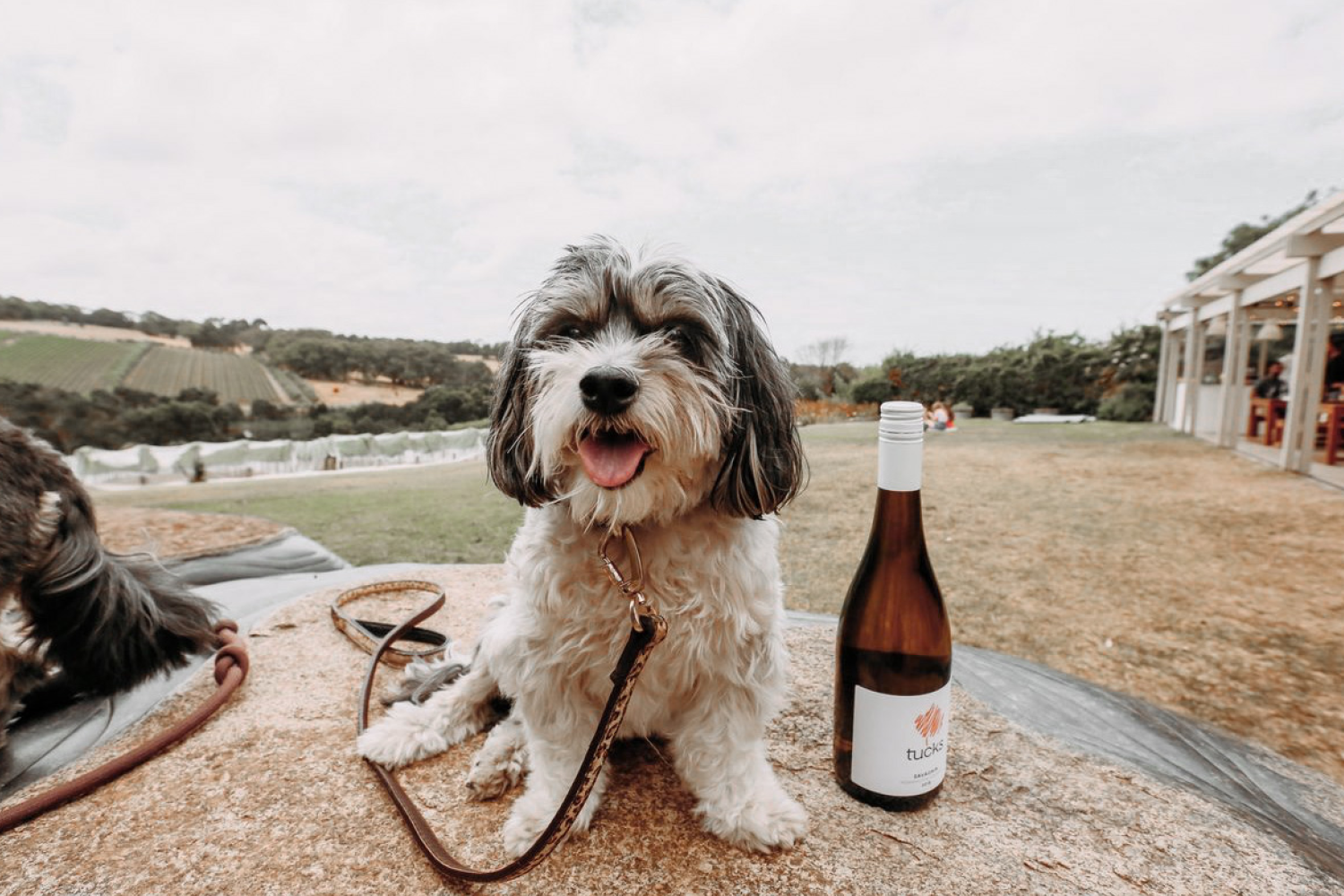Travelling with your Dog

By Dr Jarrett Brown BVSc (Hons), Veterinarian.
Now that international travel is currently off the cards, many of us have been looking to local destinations for either short day trips or longer holidays. One of the perks – our furry companions can accompany us! Consider these five tips to make sure you pooch is safe and your trip is a success.
Desensitise your dog to the car
This is always best done when your dog is a puppy, however all is not lost if they are older. Essentially, it is all about linking positive feelings and experiences with your car. This can begin by simply having them sitting in your stationary car at home, whilst providing praise and treats. Once your dog is comfortably, begin with short rides that end up at an exciting location such as the park, then build up from there.
Keep them restrained
Just like us, our dogs should be restrained within the car during travel to protect themselves and us in the event of an accident. Best practice is to locate them on the back seat, or in the open cargo area (behind a cargo barrier) of larger vehicles. For restraint, travel harnesses that attach to the seatbelt and hold them nice and snug through their chest are preferred over clips that attach to their collar. Smaller dogs may also benefit from sitting within a doggy booster seat. Travel safe crates can be an alternative for some dogs. Just like desensitising your dog to travel, you will need to accustom them to wearing a restraining device.
Minimising stress
Many dogs love travelling and experiencing new places which offer a smorgasbord of fresh sights and smells; however, some can find this stressful to varying degrees or even overwhelming. Be sure to pack some familiar items such as a blanket or their favourite toy. Some dogs may benefit from either a natural supplement to help relax them or short-term anti-anxiety medication prescribed by a veterinarian. If you feel these may be needed for your dog, consult with your local vet before you travel.
Toilet breaks and rest stops
Scheduling in a break for at least 15 minutes every 2 hours is not only essential for yourself but will stop your pup from becoming restless on longer rides by providing mental stimulation, the ability to stretch their legs and burn off some energy. Always remember, when taking a break, not to leave your dog in the car unattended, especially when it is sunny.
Prepare and pack your doggy supplies
Before you leave, ensure their microchip details are up to date and that your phone number is on their collar. Don’t assume that everything you need will be at your destination. Bring your dog’s regular food (including treats), bowls, medications, some water, bedding, supplies to clean up after them plus a few toys to keep them occupied. A pet first-aid kit can also be a great idea.






Comments